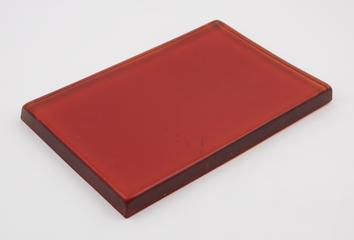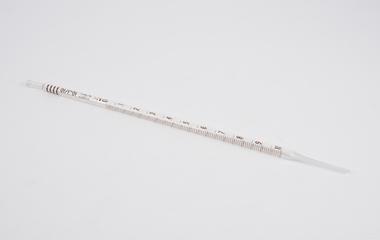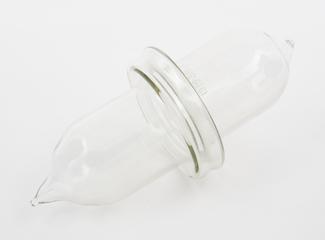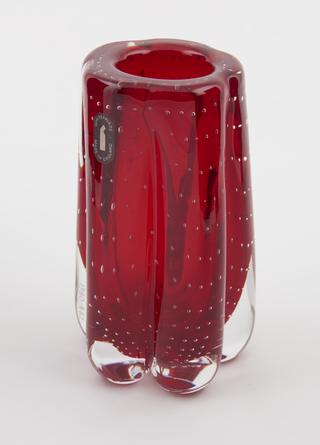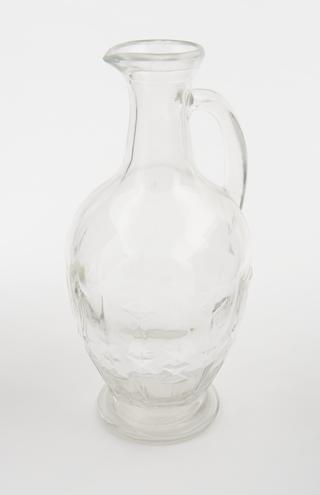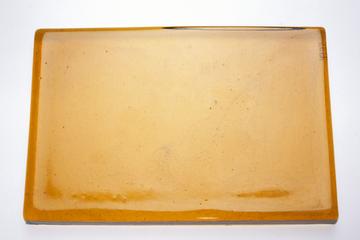
Vitreosil translucent basin, 1968
- Made:
- 1968
- maker:
- Thermal Syndicate Ltd


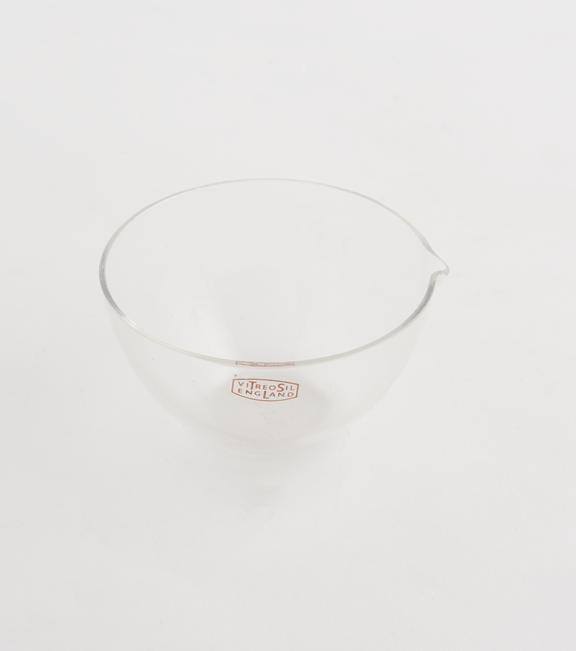
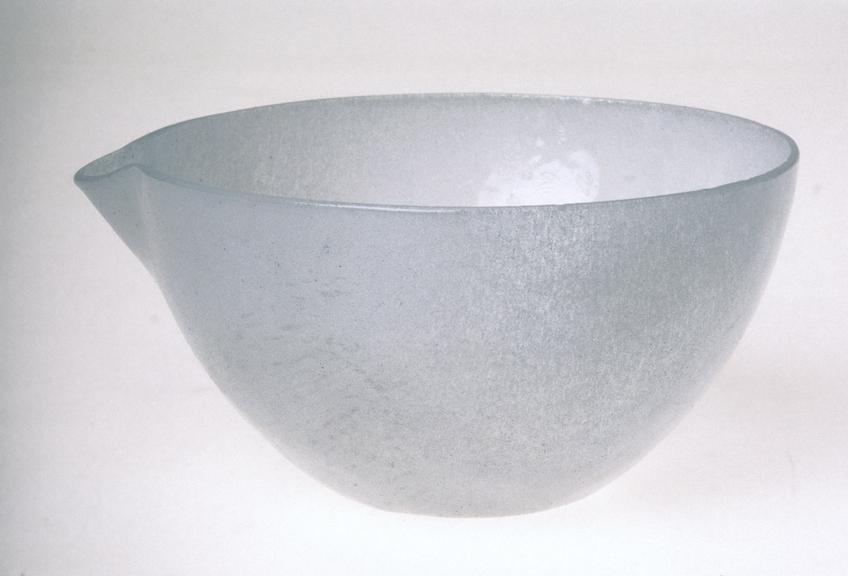
Vitreosil (vitreous fused quartz) translucent basin, 1968
Vitreosil translucent basin, 1968. Silica, or silicon oxide, forms the basis of the silicates. When combined with other elements, particularly aluminium, the silicates make up the bulk of the Earth's crust. Silica occurs in quartz, cristobalite, tridymite, and amorphous opal, and is the main ingredient of the silicate glasses, of which, over a thousand are known. Silica, in mineral form, is important in Portland cement and is found in most ceramic and refractory products. Vitreosil is a translucent form of pure silica made by the fusion of silica under special conditions.
